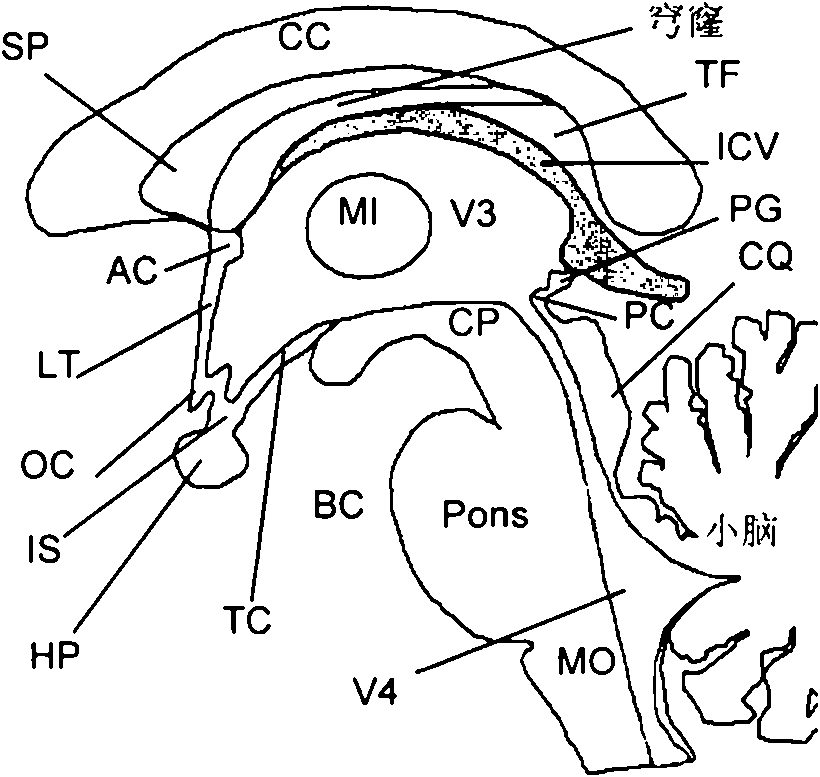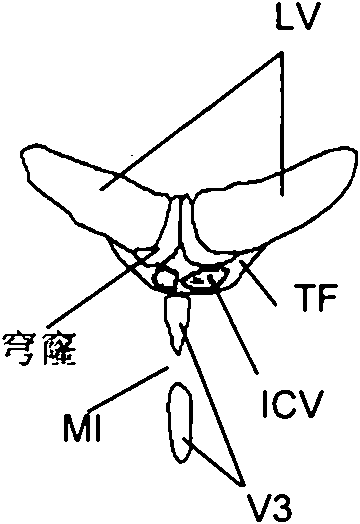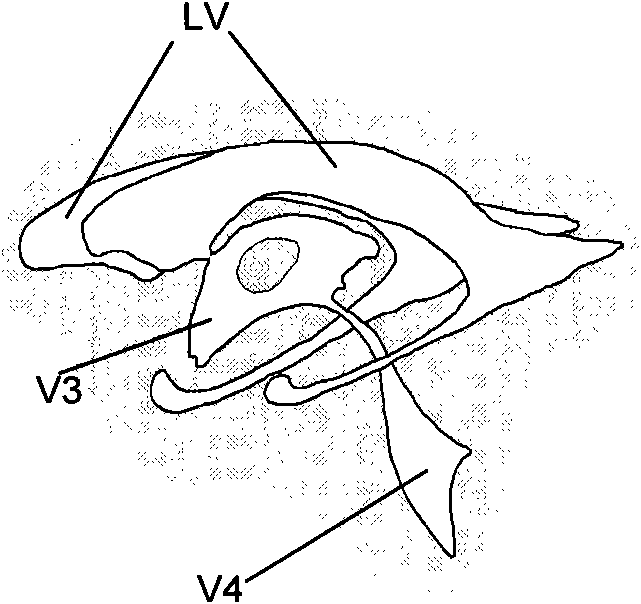A method and system for anatomy structure segmentation and modeling in an image
An image-in-image technology, used in image analysis, 3D image processing, image enhancement, etc., to solve problems such as difficult detection and weak images
- Summary
- Abstract
- Description
- Claims
- Application Information
AI Technical Summary
Problems solved by technology
Method used
Image
Examples
Embodiment Construction
[0027] refer to figure 2 , shows the steps of a method 200 for generating a 3D surface model of a brain ventricle according to an embodiment of the present invention.
[0028] The input to method 200 is a volumetric image. In step 202, the ventricles in the volume image are segmented. In step 204, a 3D surface model of each ventricle is created, and the 3D surface model is edited to improve its accuracy. It should be noted that, in other embodiments, step 204 may not be after step 202 . In addition, the method in step 204 is not only applied in the method 200, but also has other possible applications, and in the field of 3D modeling, it can be implemented alone or in combination.
[0029] Step 202: Segment the ventricle in the volumetric image
[0030] refer to image 3 , shows the steps of a method 202 of an embodiment of the present invention for generating a volumetric image indicative of the ventricular system.
[0031] The input to method 202 is a volumetric image...
PUM
 Login to View More
Login to View More Abstract
Description
Claims
Application Information
 Login to View More
Login to View More - R&D
- Intellectual Property
- Life Sciences
- Materials
- Tech Scout
- Unparalleled Data Quality
- Higher Quality Content
- 60% Fewer Hallucinations
Browse by: Latest US Patents, China's latest patents, Technical Efficacy Thesaurus, Application Domain, Technology Topic, Popular Technical Reports.
© 2025 PatSnap. All rights reserved.Legal|Privacy policy|Modern Slavery Act Transparency Statement|Sitemap|About US| Contact US: help@patsnap.com



